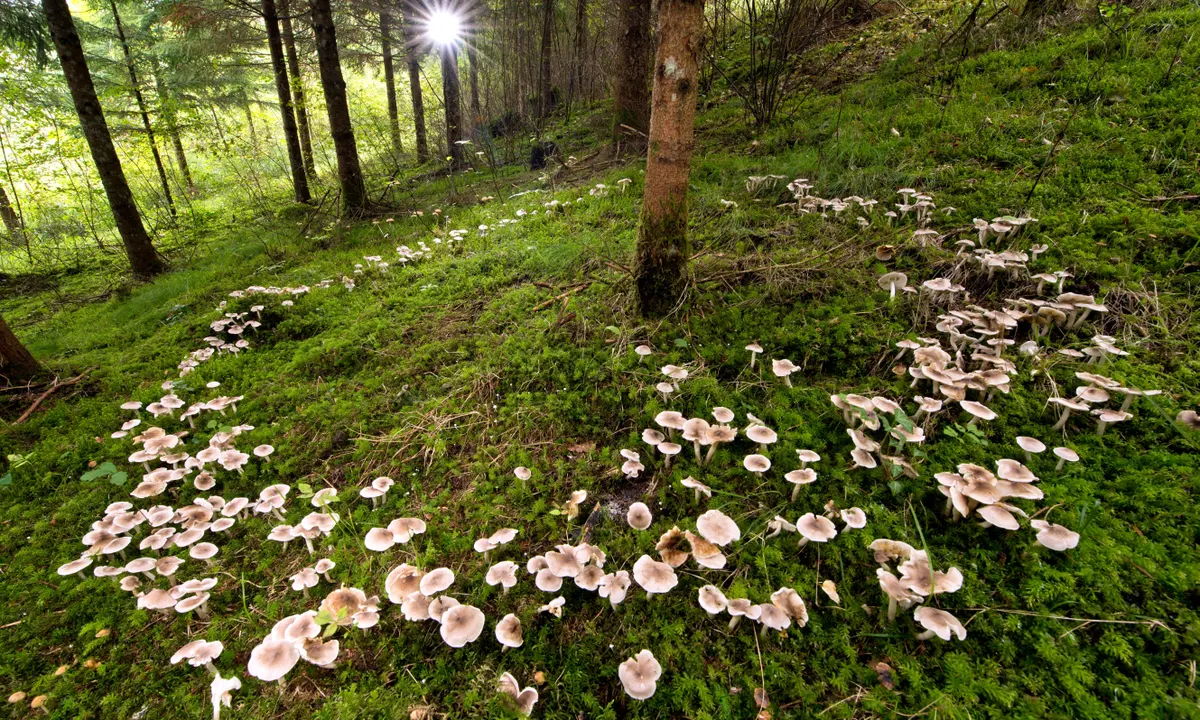By: Anna Chuang
Although fungi are considered disgusting by many people, they play an extremely important role in our ecosystem by lowering the amount of carbon dioxide in our atmosphere. They can save our planet from the rising levels of greenhouse gasses which lead to global warming.
Hundreds of millions of years ago, fungal mycelium networks supported the aquatic plants that flourished on Earth by acting as their root systems when they started to live on the land. The aquatic plants slowly adapted to the environment, and can now develop their own root systems, but more than 90 percent of all land plants still depend on symbiotic fungi.
Ever since the industrial revolution, carbon dioxide levels in the atmosphere have greatly increased due to human activities related to the industrialization of the production of goods. Scientists hope that fungi can help lower these atmospheric carbon dioxide levels like they did millions of years ago to allow the Earth to continue to have the environment and life it has today.
Fungi haven’t been a common topic brought up in the science world until lately. According to The New York Times, Merlin Sheldrake, a biologist and author of the book, Entangled Life: How Fungi Make Our World, Change Our Minds, and Shape Our Futures, said, “One [reason] is that we know more about fungi than we used to—technological developments over the last couple of decades have led to exciting discoveries and have granted new access to fungal lives. There is also a growing awareness of the fundamental interconnectedness of the living world—driven both by new research and by the worsening fallout from our ecocidal activities.” The consequences of our advancing mechanical world are slowly becoming more real, as our planet is getting more damaged. There is an urgent need of finding a solution, and we hope that fungi, a small but powerful organism, can help save our planet.











